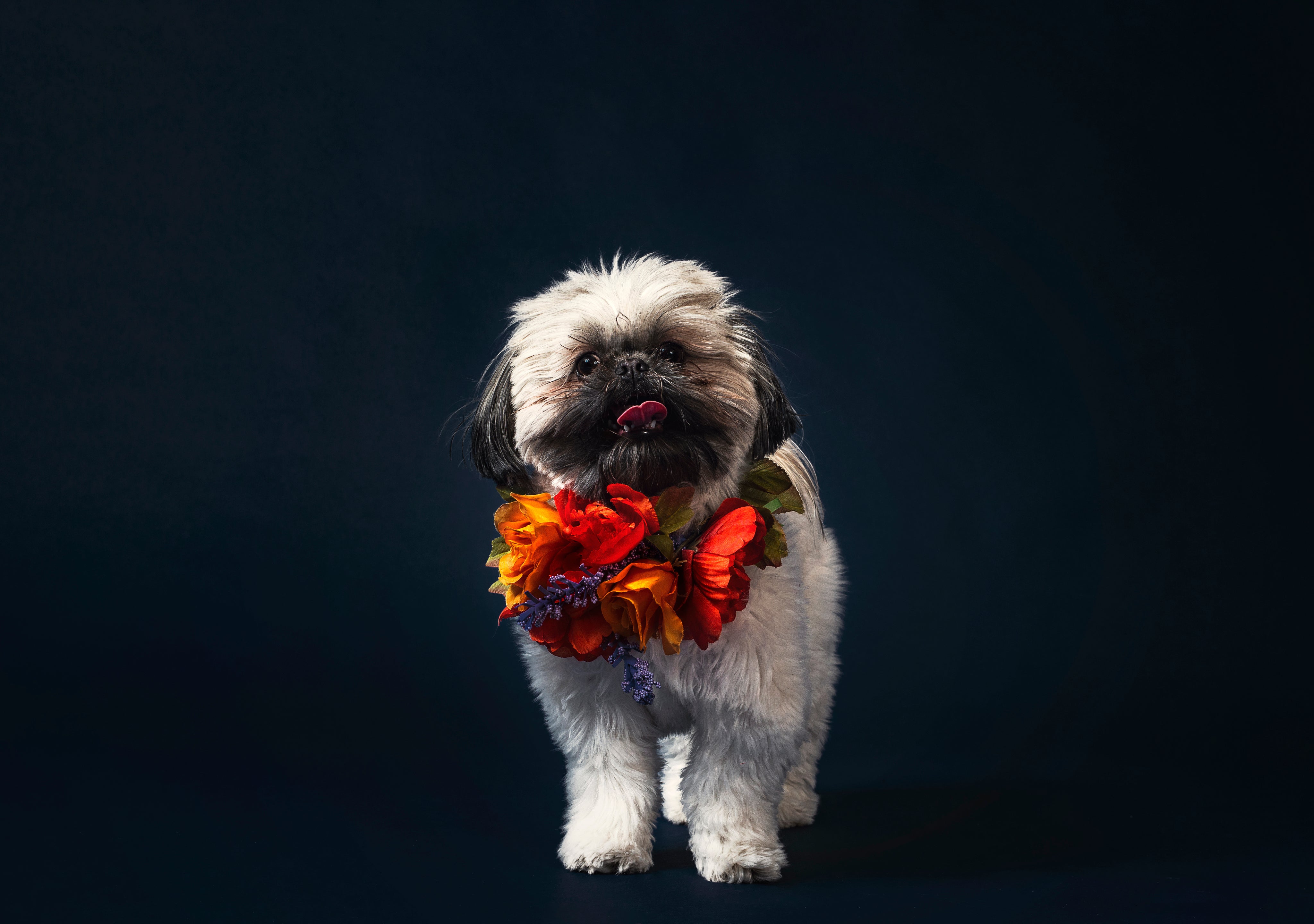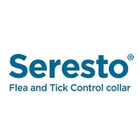
Introduction
If your dog barks, lunges, or growls when encountering other dogs, strangers, or loud noises, they may be showing reactive behavior. While this may seem like aggression, reactivity is often rooted in fear, anxiety, or overstimulation. Understanding why your dog reacts this way is the first step to helping them feel safe, confident, and calm.
In this article, we’ll explore what reactive dog behavior means, its causes, common signs to look out for, and proven ways to manage it effectively.
What Is Reactive Dog Behavior?
Reactive behavior in dogs refers to an overreaction to certain stimuli or triggers in their environment. These triggers can include other dogs, people, vehicles, noises, or even unfamiliar smells. A reactive dog responds more intensely than expected, often barking loudly, pulling on the leash, or exhibiting defensive body language.
It’s essential to distinguish between reactivity and aggression. While aggression is intended to cause harm, reactive behavior is often based on fear, frustration, or lack of socialization. Many reactive dogs are otherwise gentle and affectionate at home.
Common Signs of a Reactive Dog
Every dog shows reactivity in different ways. Identifying the signs early on can stop the behavior from worsening and make training your dog more effective.
Here are some common indicators of reactive behavior:
- Barking or growling at other dogs, people, or noises.
- Lunging or pulling on the leash when something triggers them.
- Hair standing up along the spine, also known as raised hackles.
- Stiff body posture and intense staring.
- Whining or pacing in stressful situations.
- Tail tucked or ears pinned back, indicating fear.
- Difficulty focusing or calming down once triggered.
If your dog exhibits one or more of these behaviors frequently, they may be reacting out of anxiety or frustration rather than aggression.
Causes of Reactive Behavior in Dogs
Reactivity doesn’t develop overnight — it’s usually a result of multiple factors. Understanding what causes your dog’s reactions can help you manage and modify their behavior.
1. Fear or Anxiety
Fear-based reactivity is the most common type of reactivity. Dogs who have had negative experiences with people, loud noises, or other dogs may become reactive as a defense mechanism. For example, a dog that was once barked at or attacked by another dog might bark first to prevent it from happening again.
2. Frustration
Sometimes, dogs react out of frustration rather than fear. This usually occurs in dogs that are eager to greet others but are restrained by a leash or fence. Unable to express their excitement, they might bark or lunge in frustration — a behavior often mistaken for aggression.
3. Lack of Socialization
Dogs that haven’t been properly socialized as puppies may feel uncertain or threatened in unfamiliar situations. Without positive exposure to people, animals, and environments, they may not know how to react calmly in unfamiliar situations.
4. Protective or Territorial Instincts
Certain breeds are naturally more protective. They may react strongly to perceived threats near their home, owner, or belongings.
5. Past Trauma
Rescue dogs or those with a history of abuse or neglect can develop reactive tendencies due to fear or mistrust of humans or other animals.
6. Health Issues
Pain or medical conditions such as thyroid imbalances can cause irritability or sudden behavioral changes. Ensure you consult with your veterinarian to rule out any potential medical issues before determining that the behavior is purely emotional or environmental.
How to Help a Reactive Dog
Reactivity can be managed effectively with patience, consistency, and the right training approach. Here’s how you can help your dog become calmer and more confident:
1. Identify the Triggers
Start by observing what triggers your dog's behavior. Is it other dogs, bicycles, strangers, or loud sounds? Keeping a reactivity journal can help you identify patterns and avoid triggering situations during training.
2. Maintain a Safe Distance
When walking your dog, maintain a sufficient distance from their triggers to keep them calm and relaxed. Gradually decrease this distance over time as they become more comfortable.
3. Use Positive Reinforcement
Reward your dog with praise, treats, or toys whenever they stay calm around a trigger. Positive reinforcement helps them associate the trigger with something pleasant rather than stressful.
4. Desensitization and Counter-Conditioning
These training methods gradually expose your dog to triggers at a level they can tolerate while pairing the experience with positive rewards. Over time, this reduces their sensitivity and alters their perception of the trigger.
5. Avoid Punishment
Yelling, jerking the leash, or using shock collars can exacerbate your dog’s fear and worsen reactivity. Always focus on calm, reward-based methods to build trust.
6. Exercise and Mental Stimulation
A well-exercised dog tends to be more relaxed and better behaved. Regular walks, playtime, and puzzle toys help release excess energy and reduce stress.
7. Use the Right Equipment
Front-clip harnesses or head halters provide better control without causing pain. Avoid choke or prong collars, which can cause fear and discomfort.
8. Consider Professional Help
If your dog’s reactivity is severe, seek guidance from a certified dog trainer or behaviorist. They can create a personalized training program designed specifically for your dog’s behavior and temperament.
Helping Your Dog Feel Calm at Home
Creating a safe and relaxing home environment can make a huge difference for reactive dogs.
Try these tips:
- Keep a consistent routine to reduce uncertainty.
- Use calming music or pheromone diffusers to ease anxiety.
- Provide a quiet, cozy spot where your dog can retreat when feeling stressed.
- Try not to expose your dog to too many new people or environments at the same time, as this can cause anxiety and stress.
When to See a Veterinarian
If your dog’s reactive behavior is sudden, extreme, or accompanied by signs of pain, consult a veterinarian. Medical issues, such as injuries, arthritis, or hormonal imbalances, can impact mood and behavior.
Final Thoughts
Dealing with a reactive dog can be challenging, but with patience, consistency, and empathy, you can help your furry friend become calmer, more secure, and more confident in various situations. By identifying the cause, using positive reinforcement, and creating a calm environment, you’ll gradually see improvement.
Every dog deserves to feel secure — and with your love, time, and consistency, your reactive dog can learn to navigate the world more peacefully.






